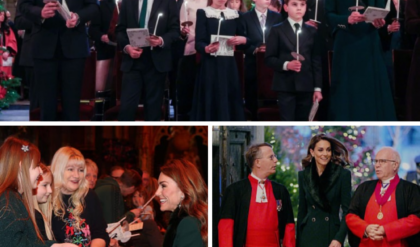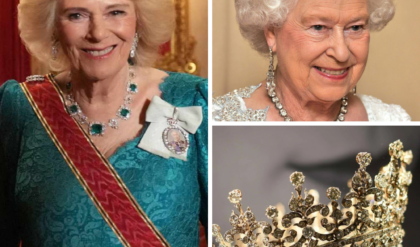It’s tiny but essential — just like a droid.
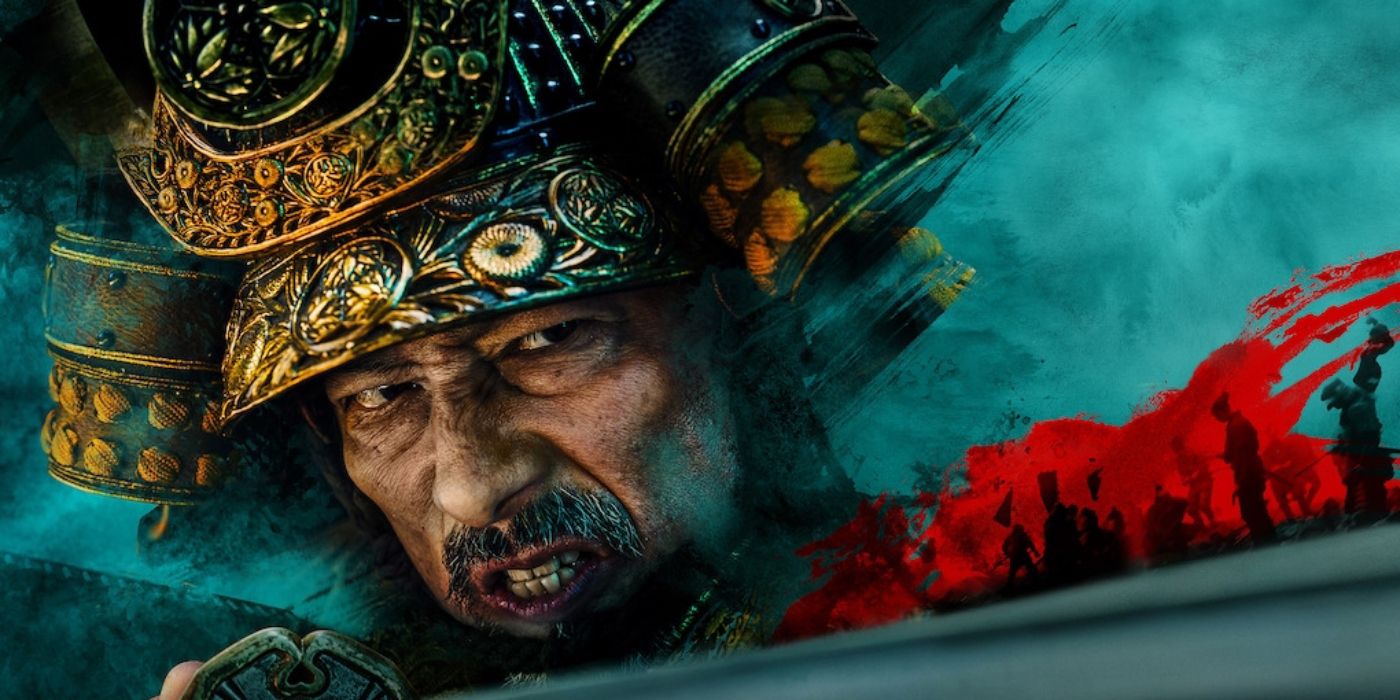
Star Wars in my Shōgun? It’s more likely than you think. No, Lord Toranaga (Hiroyuki Sanada) and Lord Ishido (Takehiro Hira) aren’t going to solve their civil war with a lightsaber fight (as anachronistically awesome as that would be). Instead, like every part of the meticulously assembled Shōgun, its Star Wars-inspired detail is innocuous yet essential, and intentionally chosen by showrunner Justin Marks and co-creator Rachel Kondo, who happen to be Star Wars devotees. Similarly engaged Shōgun fans have spent most of their time seeing the reference to George Lucas‘s galaxy far, far away without realizing that an extra layer exists, although some eagle-eyed viewers might have connected the dots. It’s all in the words — specifically, the font of said words.
‘Shōgun’s Every Detail Matters
When Justin Marks and Rachel Kondo decided to bring Shōgun to television, saying they had their work cut out for them is an understatement. James Clavell‘s 1975 novel is well over 1,000 pages with all that length implies: fluctuating plot beats, a massive cast of characters, and Clavell’s comprehensive research into Japan’s Sengoku period, specifically the figures predating the tide-turning Battle of Sekigahara in 1600.
Shōgun‘s crew dived even deeper into the research well. As the scripts evolved into a true reflection of 17th-century Japanese society, Marks and Knodo realized how much better the story would be if treated with the utmost accuracy. Whether it was the wood type used in Sengoku architecture, the way noblewomen walked, or Episode 8’s tea ceremony, everything counted in building the whole.
“Every scroll had to be right,” Justin Marks told Collider, “even if the camera was never gonna see it because if it caught a glimpse of it, I just wanted it to feel like that detail is believable and that the actors believe it because they can all read it.” No aspect was deemed too insignificant — including the subtitles’ aesthetics, which is where their sneaky Star Wars reference lies.
‘Shōgun’s Subtitles Are Similar to ‘Star Wars’
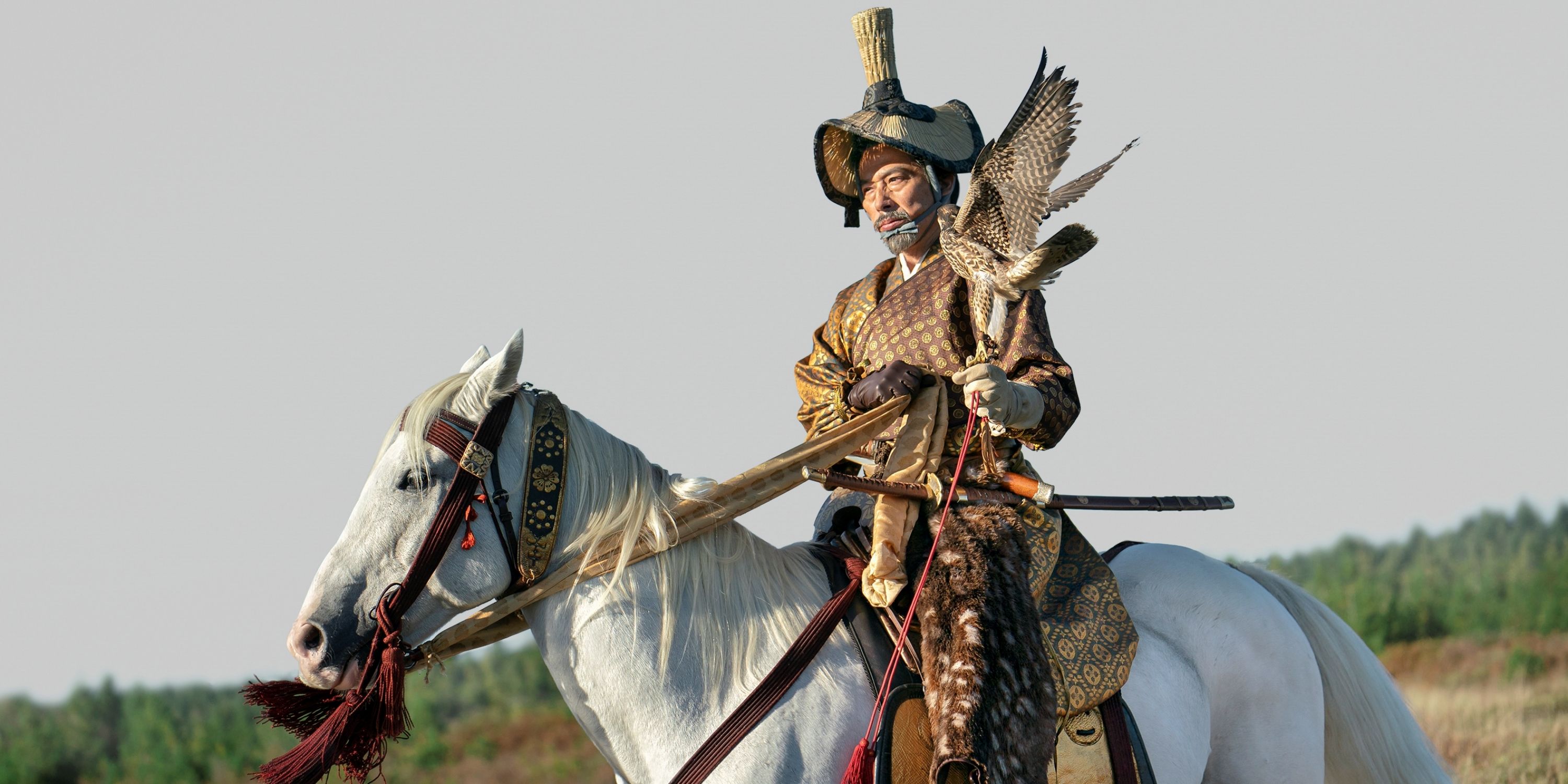
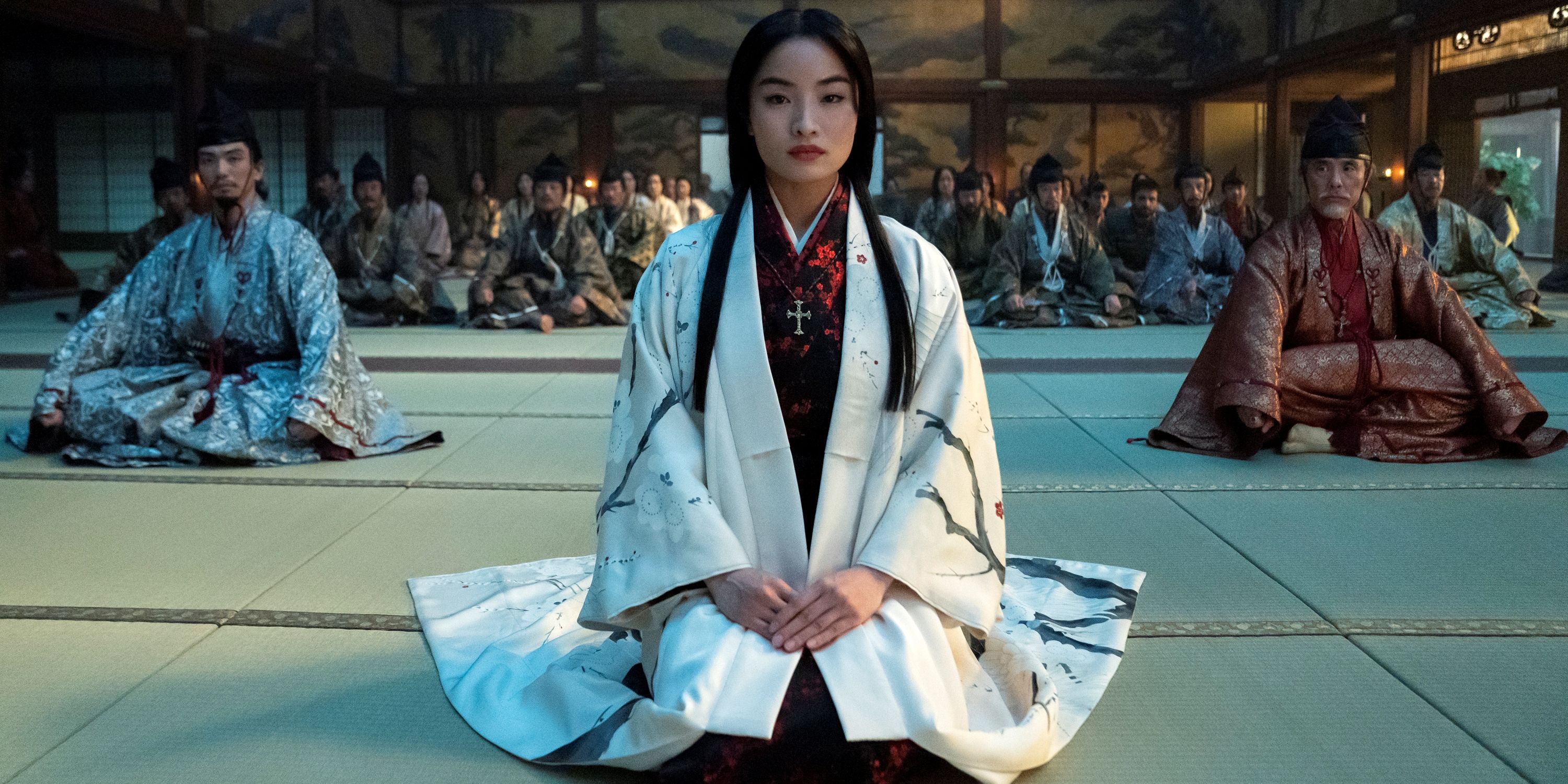
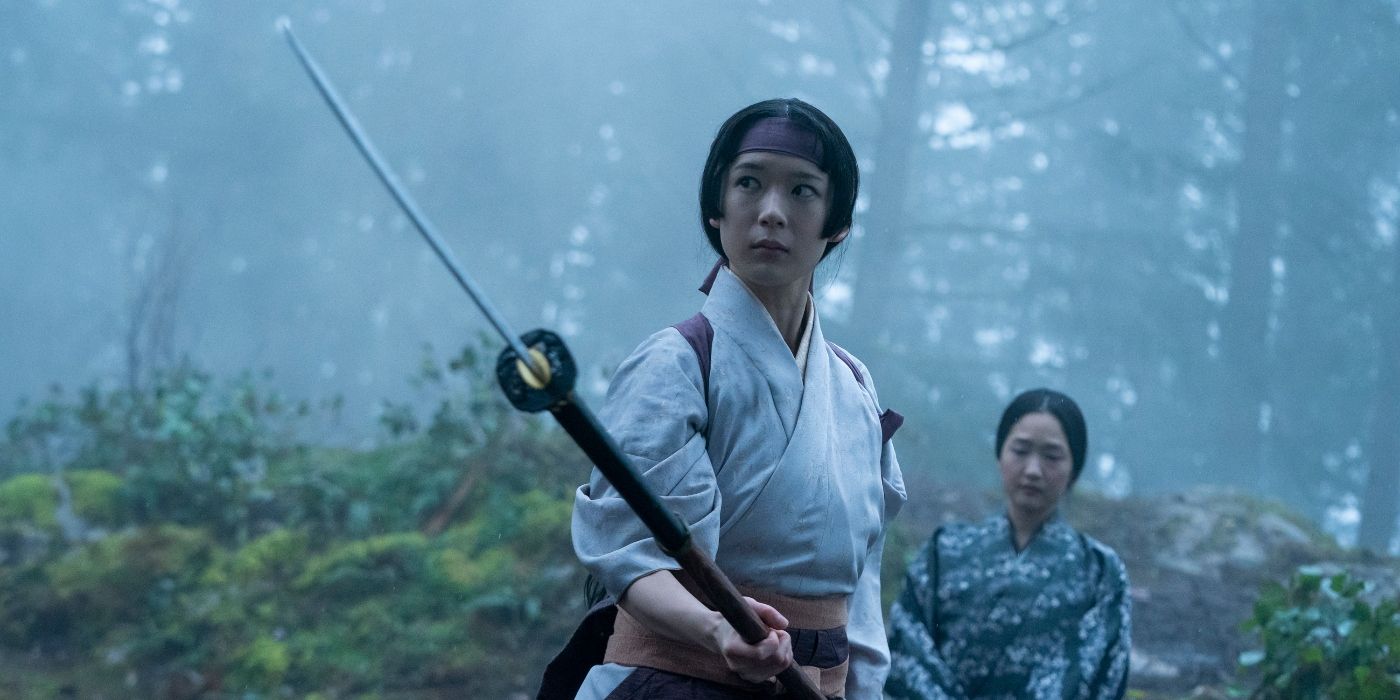
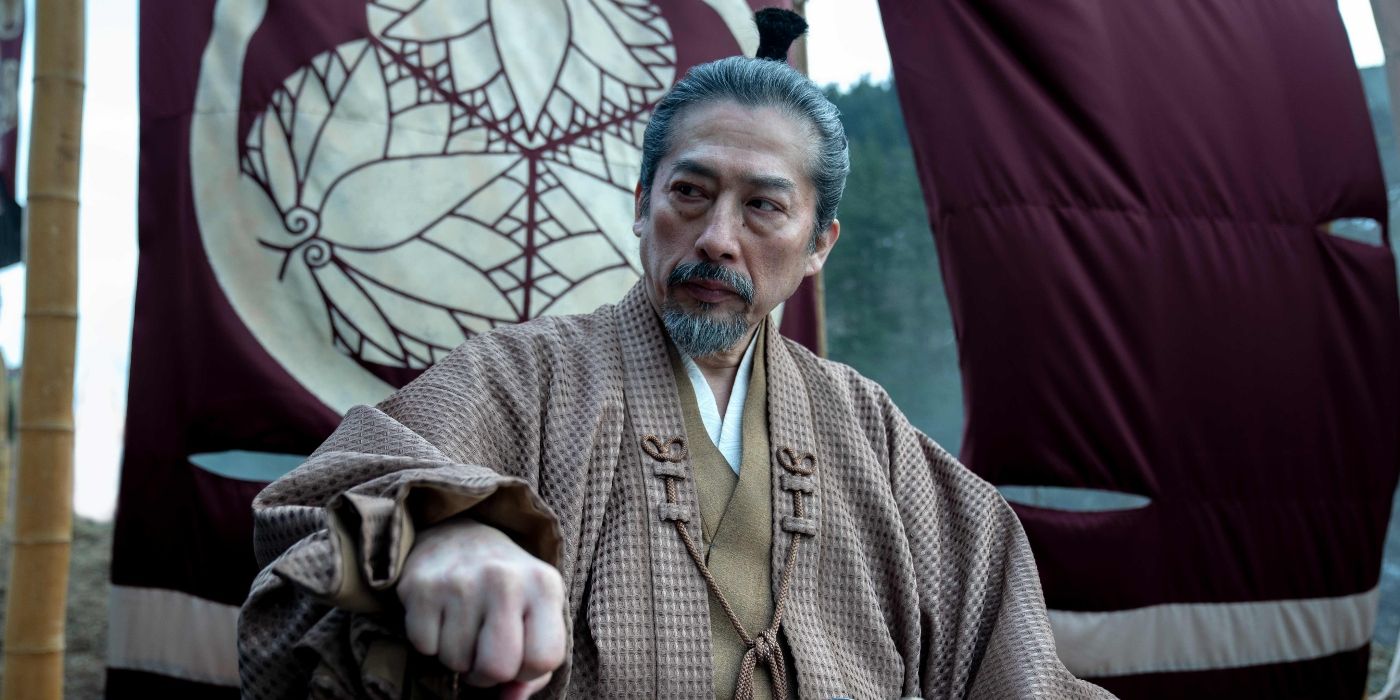
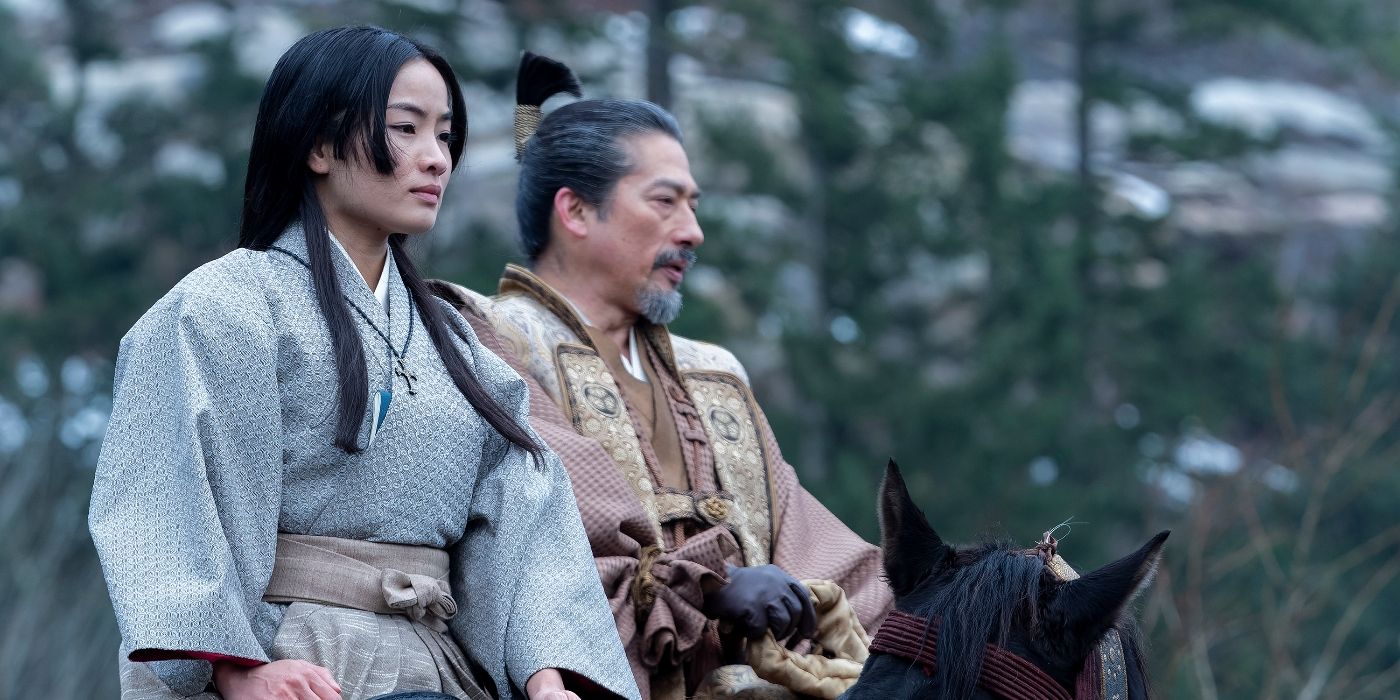
Shōgun‘s devotion to recreating history amplifies its engrossing nature. Both the obvious and the subconscious details transport audiences into the story, with one of the more distinct being the subtitled Japanese dialogue. Shōgun uses larger-sized subtitles and positions them higher on the screen than the traditional subtitling procedure. The idea was to draw in the viewers’ eyes and guarantee their easy engagement.
Justin Marks told Polygon, “We wanted to get to an urgency that was a little different. […] We have to put these words on screen — and if we’re going to do that, let’s not make that an afterthought anymore. [… We also] considered the amount of subtitles that would need to be on screen [and] having a particular word on screen when Mariko’s face changes, as opposed to relying on a sentence structure that might deny us that moment.”
Enter: Shōgun‘s subtitle font. It’s a slight variation of the style George Lucas uses for the alien languages in Star Wars: Episode IV – A New Hope. Marks explained in his Polygon interview how and why this confluence came about:
“There was a font in the original 1977 Star Wars that was used for a couple of lines, and we found this font […] that seemed vaguely similar enough to it, which was also large enough to be read — which was probably what Lucas’ intent was, to make sure it could be read by young Europeans. So it just felt more inviting. […] instead of a font that felt like we pulled it out of our grandparents’ dustbin and put it on screen, [we wanted] something that would just suddenly cue the audience that we’re after something else.”
There’s More Than One ‘Star Wars’ Easter Egg in ‘Shōgun’
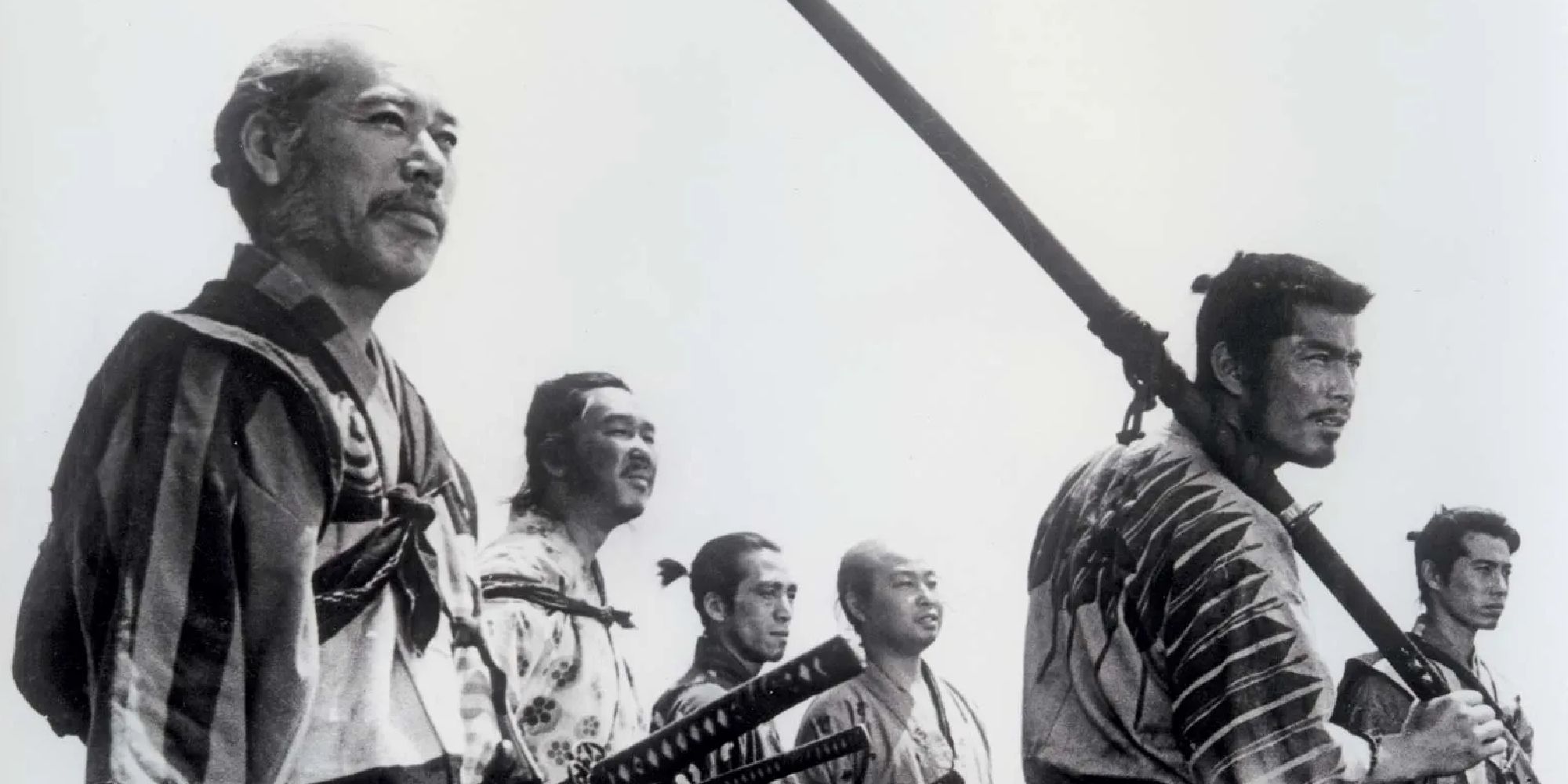
If that Easter Egg weren’t enough, there’s a pre-existing tie between Star Wars and Shōgun, albeit the original miniseries. In 1980, NBC aired a blockbuster five-part adaptation co-starring Toshiro Mifune as Lord Toranaga. Mifune, famous for his many cinematic partnerships with director Akira Kurosawa, was George Lucas’s first choice for the role of Obi-Wan Kenobi. Mifune also starred in Kurosawa’s The Hidden Fortress, the film credited as one of Lucas’s biggest Star Wars inspirations. The Venn Diagram completes itself!
Well aware of this connection, Justin Marks eagerly hid another Star Wars nod inside his and Rachel Kondo’s Shōgun. The costume department designed Toranaga’s kosode after the iconic brown robes worn by Sir Alec Guinness‘s Obi-Wan Kenobi. Marks told Decider, “I’m still hoping someone keys into the color palate. It was our little tribute back to Mifune almost being cast as Obi-Wan. We were trying to kind of give Toranaga a little bit of that color scheme.” Marks also modeled the mood and setting of how Toranaga’s brother Saeki (Eita Okuno) betrays his older sibling in Episode 7 after how Lando Calrissian (Billy Dee Williams) turns his friends over to the Empire in Star Wars: Episode V — The Empire Strikes Back: a companionable reunion turned hostile.
‘Shōgun’ and the ‘One-Inch Tall’ Subtitle Barrier
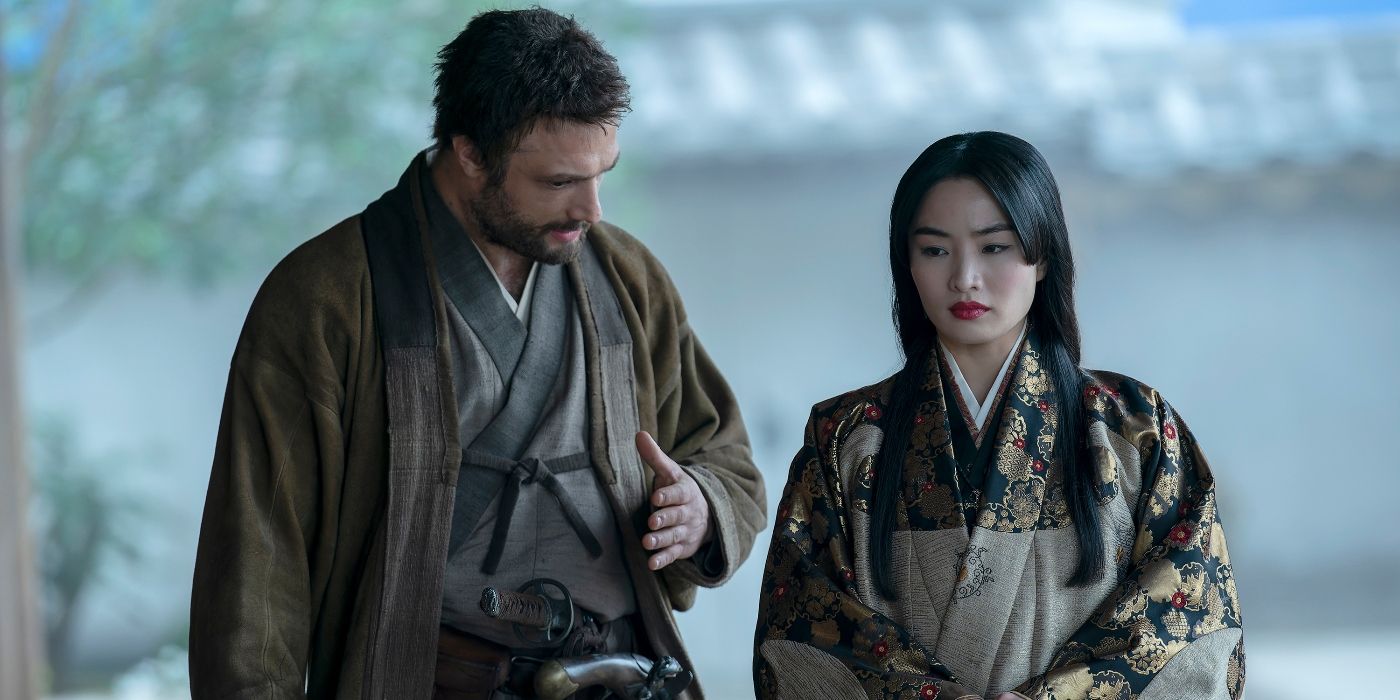
A conversation about subtitles couldn’t be more timely. All things considered, and at long last, Western culture seems to have “overcome the one-inch tall barrier of subtitles,” as Korean director Bong Joon-ho aptly described some individuals’ resistance to foreign films during his 2020 Golden Globe acceptance speech for Parasite. Audiences of all kinds are consistently embracing the wealth of remarkable stories available outside their native languages, evidenced by Shōgun‘s breakout success and the continued prosperity of Korean films and television, to name prominent examples. The more integrated these stories become, whether it’s through accessible streaming titles or local theaters showcasing foreign films, the better. Shōgun‘s characters overcome their language barriers (for the most part). May the world do the same with subtitled media, especially if it means Star Wars nerds can sneak in references

